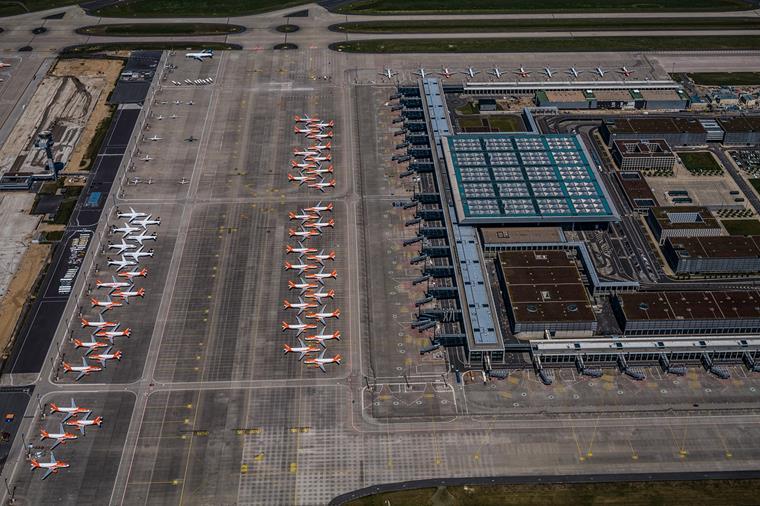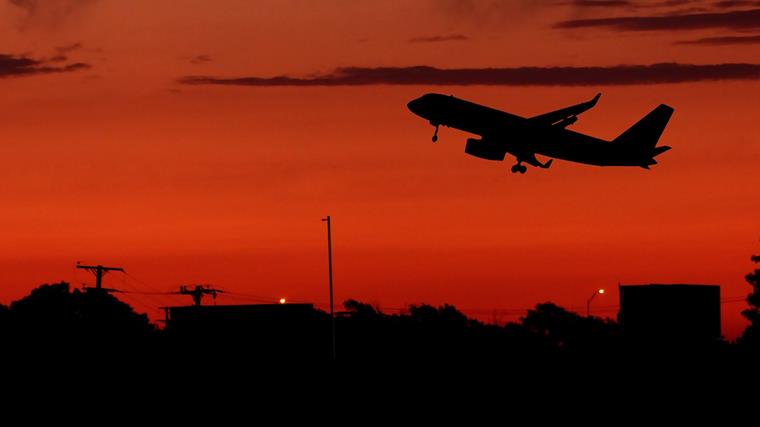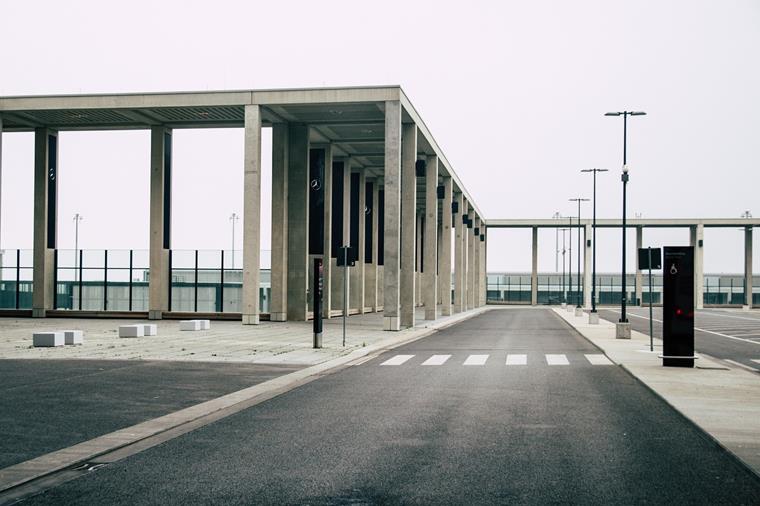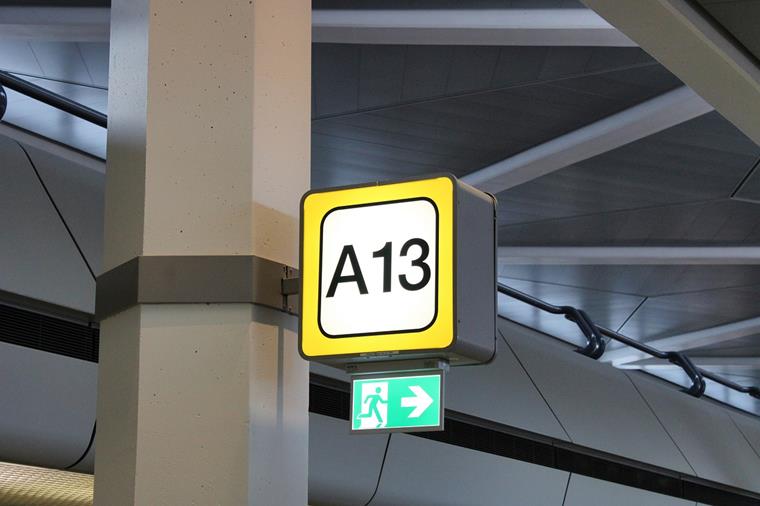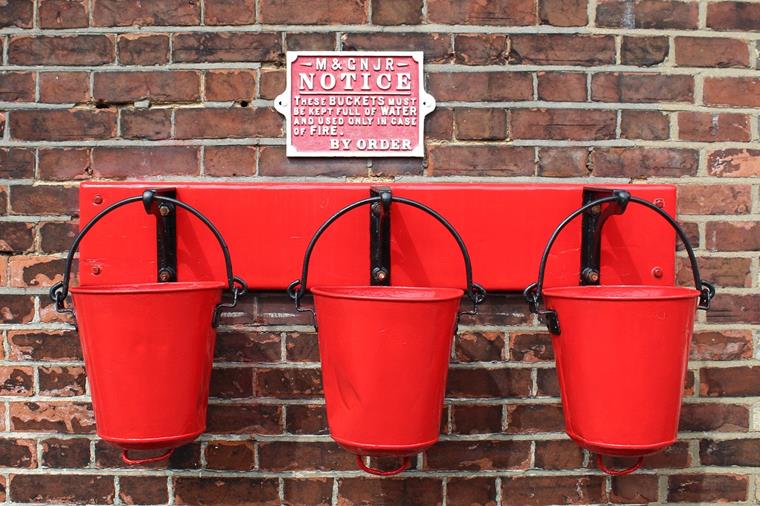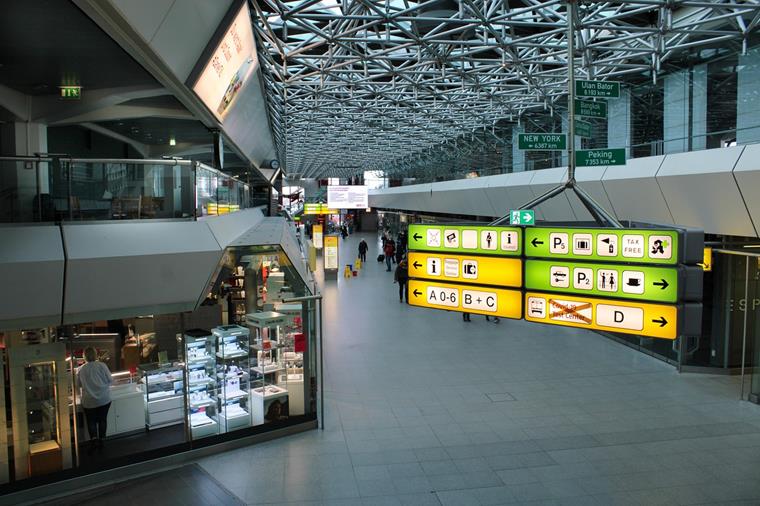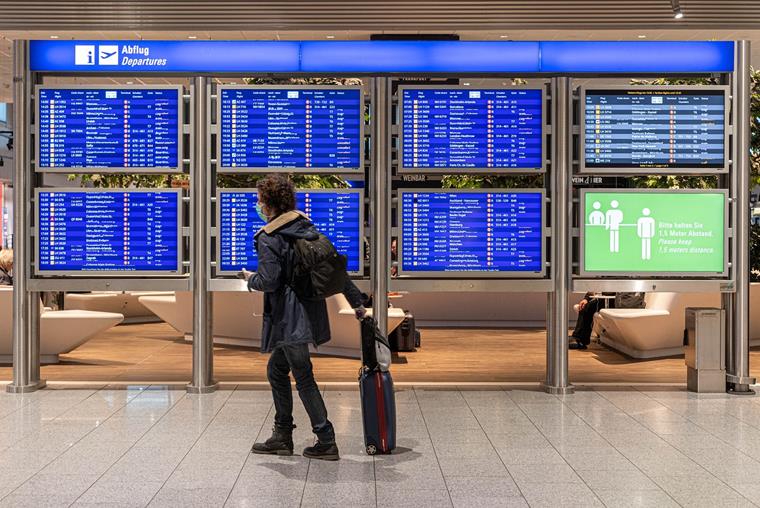Hand on Heart: Sad Key Data of BER Breakdown Construction Site
In November 2020, the time had finally come: the BER International Airport was opened. A reason to celebrate? Only to a limited extent. When the decision to build a new major airport in Berlin was made, there were five airports in the capital. In 1995, two of them were closed. In 2008, Berlin Tempelhof followed with its large outdoor area. Berlin Tegel was actually also scheduled to close in 2011, as the opening of BER was planned around this time. However, as we know, it continued to operate until mid-2021. The Berlin Schönefeld Airport became part of the new BER as Terminal 5.
The largest infrastructure project in Germany to date should have been completed within five years; that is, in 2011. However, the construction took 14 years. A lot of bad planning caused the costs to rise to around EUR 7 billion; in 2006, around EUR 2 billion were planned. How did this come about? We take a closer look at the history of BER.
BER – Construction Disaster in Time Lapse
Listing all the various stages of the airport over these 14 years would definitely go beyond the scope of this episode. Therefore, we will only refer to the essentials and the facts that seem most important to us. Let's start with the beginning of every construction project: the beginning of an idea. When the Berlin Wall came down in 1989, with the reunification of Germany, the desire for an airport for all of Berlin grew.
Planning began in 2002. After finding a location in Schönefeld-Süd, it was time to assign the areas of responsibility. The entire airport was to be built and later operated privately. BER was supposed to open in 2008. However, this project was discontinued due to excessive financial risks, and it was decided to hand over the construction of the airport to the public sector. The switch from private to public cost EUR 41 million.
In August 2004, all permits were obtained and the construction works could start! At least for a short time. As of October, over 4,000 complaints by construction opponents from four municipalities fluttered in – and not without effect. Construction stopped in April 2005, and only preparations were allowed to continue. Stricter noise protection requirements, including a ban on night flights, ensured that the construction could be resumed in March 2006, and the groundbreaking ceremony finally took place in September.
In October 2007, the construction of the main terminal was re-tendered and divided into seven construction lots. Therefore, there was no general contractor. It soon became apparent that the main terminal would not have sufficient capacity, so the plans were subsequently changed. An additional intermediate floor was added.
The topping-out ceremony for the main terminal was celebrated at the end of April 2010. Just two months later, the opening was postponed (for the first time) by half a year. Security regulations were tightened and one of the design companies went bankrupt. And not just that. In December 2010, the first defects in the fully automatic fire alarm system became apparent.
The opening was postponed again just four weeks before the actual opening date. There were just too many shortcomings. Among other things, noise protection problems and the non-functioning fire alarm system were also the reason for two further postponements. When the opening was postponed again in 2013, there was only talk of 2014 or 2015. But due to other shortcomings, the deadline in 2015 was not met either.
Despite a 6-day week and a two-shift system, the next date in 2017 could not be saved from postponement. It was not until April 2020: The construction of the BER airport was completed! The fire alarm exercise in August also went without any problems and all TÜV certificates were met. The airport was opened in November.
Analysis of Major Problems on BER Construction Site
Politicians also had a hand in the "Berlin Brandenburg Airport" project. The construction was finally put in public hands. Although there were many high-ranking officials and ministers for transport in the supervisory board and the airport company, most of the members were non-specialists. Over time, the policy changed again and again and there was a constant desire to change the plans. Too many decisions were made by too many people who were completely unfamiliar with the construction.
There was no general contractor, who could supervise the construction from above, so to speak. As a result, there were always problems with who was responsible for what. An overview was completely missing, and it ended as it had to end: in chaos.
- "A large construction site with many different subcontractors and small trades cannot work without good construction management."
There were a technology manager and an airport manager, but unfortunately, they were overwhelmed by this huge project. The focus here was more on the opening date than on eliminating the numerous deficiencies. There was insufficient communication, sometimes on purpose. Information was withheld or not disclosed in order not to jeopardize the opening date. The management structure just didn't work.
There was a frequent change of personnel, as a result of which the important knowledge and experience of those who had worked on the construction site for years was regularly lost. For example, the planning office, which was involved in the general planning from the very beginning, was the scapegoat for all problems. As a result, plans and some of the staff who had been there since day one were missing. The management positions, such as the airport manager and the technical manager, also changed very frequently.
The choice of location was also impractical. The many complaints from residents in particular led to a large number of delays and high compensation payments.
The subsequent changes to the planning were also a major problem. Again and again, new politicians from the airport company and the supervisory board contacted the planning company, to make new, sometimes completely absurd proposals. The intermediate floor, which was subsequently planned, was just one of over 500 changes to the design plans. We know: The enemy of progress in Germany is still bureaucracy. And each of these changes had to be approved.
Fire safety is something that has arguably been the most talked about. The usual chaos, with many partially responsible people partly caused the cables to be laid differently. Then, there was a new floor designed, which made all previous plans obsolete. The planned smoke extraction system was very complicated, as this concept was something completely new at the time. Instead of letting the smoke go up, it was supposed to go down, but the computer controls just didn't work.
It wasn't just the fire alarm system that was a problem. In total, there were over 75,000 defects identified. Inadequate construction inspection and supervision ensured that many errors were not noticed until it was too late. Some cables were hanging loosely from the ceiling, because cable ducts were simply forgotten and no one noticed it for a long time. What if the staff is overwhelmed and constantly changing?
Our Top 5 Most Unnecessary Mistakes:
- 1,036 trees were planted incorrectly (incorrect species)
- Monitors and computer units installed very early became obsolete and had to be replaced.
- Due to rescheduling, many rooms were numbered incorrectly in the end.
- Escalators were too short.
- Regular dowels for toilet roll holders, so the rolls just fell off.
What could have been different at BER?
A general planner could have made sure that everything worked. Even an experienced central project manager would certainly have been able to maintain an overview and to coordinate the individual participants properly.
Even if general planning had not been an option, with over 40 companies involved, clear management is definitely required to coordinate everything. In such projects, a site manager with experience clearly belongs at the management level together with the client. Such a construction site can only work due to mutual coordination and clear, honest communication. Regular update discussions between the monitoring and executing units would have simplified many processes. We note: Well-run management is worth its weight in gold – and not just for large-scale construction projects. It must be clearly regulated who is responsible for what.
- "Good project management is essential for setting up complex construction projects."
The planning of a construction project should also be left to professionals in the construction industry. Politics is politics and construction is construction. Furthermore, rescheduling while a construction project is ongoing is never a good idea. It should always be considered whether something like this is really necessary.
The public relations work was also clearly inadequate here. Instead of simply accepting the complaints about noise and overflights, the citizens should have been presented with a concept that they could understand. Without involving the population, especially in the affected areas, in the planning process, such a large-scale project is doomed to failure.
If the management of the entire construction site had concentrated more on taking the defects seriously and on correcting them than on insisting on the opening date, many things would have turned out differently.
Conclusion: Lots of Cooks and Spoiled Broth
So, we summarize: The construction of Berlin Airport is a real tragedy of the construction industry. Far too many participants had far too little idea and still made many ill-considered decisions that were ultimately wrong. A lot of energy and expense were invested in areas that ended up adding to costs and delays. Nobody had a real overview, you no longer knew who was responsible for what, and the constantly changing staff made the chaos complete.
We can only hope that the construction industry learns from this breakdown site and that something like this never, never ever, happens again. Because the construction industry in Germany has actually a very good reputation and rightly so.
What could have been done better with the money? You are welcome to take a look for yourselves here:
Berlin Airport Cost CalculatorThank you for being there! We look forward to our next podcast!
